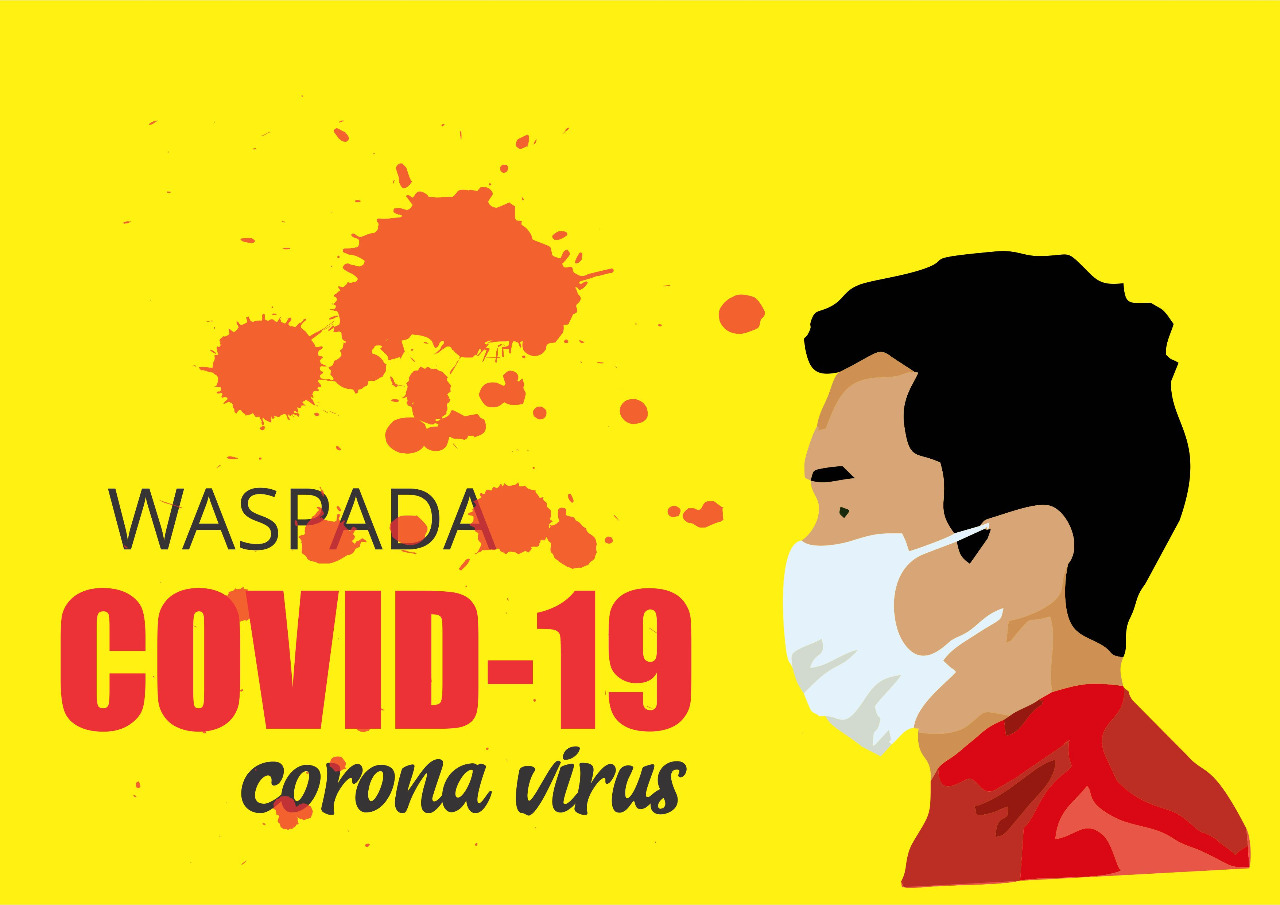
The Development Of Sports
Sports is a physical activity that involves the use of one’s physical body. The commonest sports are contact sports such as, but not limited to, football, baseball, soccer, rugby, lacrosse and softball, as well as other physical activities such as wrestling or gymnastics. Some forms of sports, such as surfing, kite boarding or wakeboarding, also involve water and therefore require swimming.
Sports can be competitive or non-competitive. Competitive sports involve a particular kind of competition, usually between two or more teams, with the aim of either winning the game or at least being the closest to the goal. In these kinds of sports, each team member performs a specific task, and the performance of this task is crucial in determining the result of the game. Examples of such teams include gymnasts in Olympics and sailing in Olympics.
Non-competitive sports are generally played for recreation or for fun. One of the most popular non-competitive sports is tennis. Tennis is not a competitive sport but has developed into one as people become more interested in playing. One of the reasons for this interest is the development of tennis players’ skills by continuously playing the sport. Aspiring tennis players may aspire to become professional tennis players. Another important reason for the growth of tennis is its wide appeal across different social and economic spectrums and thus tennis can be said to be a sport open to all.
One major trend in the development of sports is the involvement of technology. There are now sports watches, jerseys, caps, pads, helmets and even courts which are built and designed specifically for a certain sport. Technology has also helped sports organizations develop their equipment and perform better on the field. Due to technological advancements, many games can be played using only a mouse or a keyboard. Computer games can even be downloaded from the internet and play on computers or mobile phones.
Sports have been associated with a number of positive benefits such as better health and fitness, improved mental fitness, enhanced physical strength and stamina, reduced levels of stress, increased leisure time and social interaction. Sports also help reduce the risks of heart disease, diabetes, stroke and cancer. These all-round health benefits make sports an activity highly recommended for everyone.
In recent years, sports organizations have started organizing sports tournaments around the world. These tournaments have helped people who otherwise might not have been able to afford sports as an activity get involved. Sports can also be seen as an opportunity to meet people from other countries and cultures. Since sports bring people of different cultures together it helps improve understanding and appreciation of the differences that exist between people from different backgrounds. Sports can therefore be seen as a very positive factor for the development of society as a whole.


